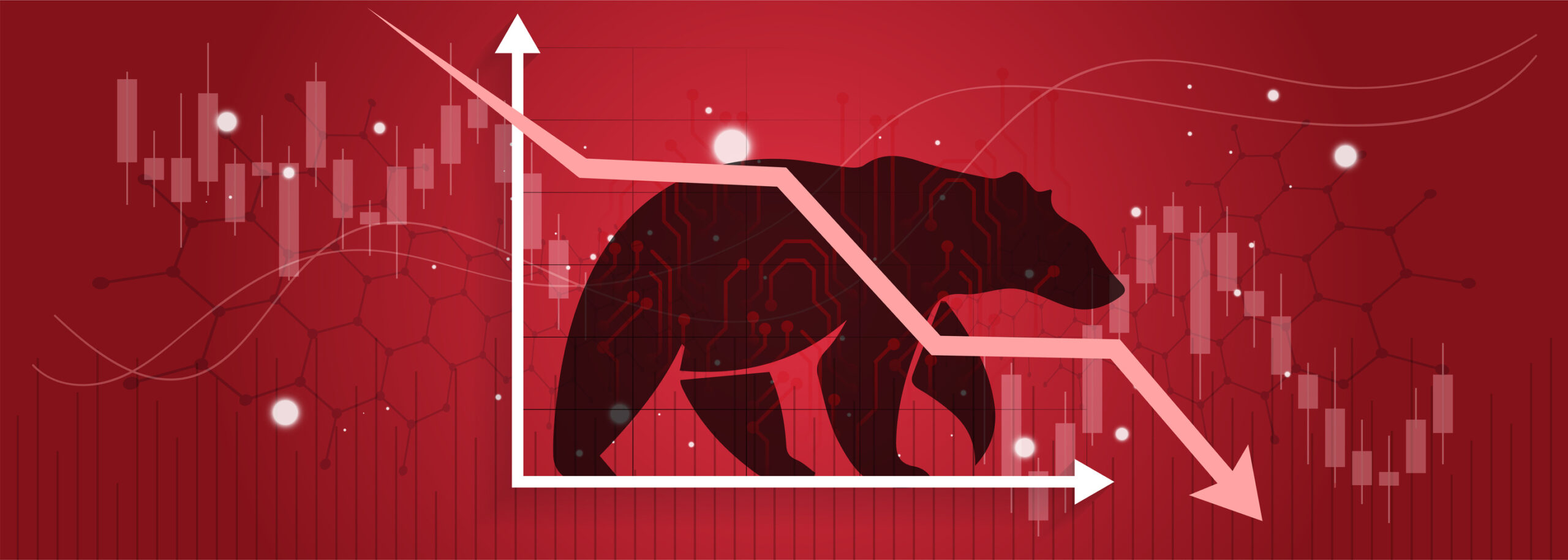NFTs strengthen the bond between football clubs and fans

Wwhen Non-Fungible Tokens first became a thing, most use cases were limited to the world of digital art. But that is now changing as new industries jump on the NFT bandwagon, and some of the most innovative use cases are emerging in the realm of European football.
Football’s leading clubs and players, and even governing bodies such as FIFA, are using NFTs to generate new revenue streams and create more effective ways to engage with fans, especially those from younger demographics.
The most obvious use case for NFTs in football is the digital trading card, and a whole bunch of startups are putting the idea into practice. With paper-based trading cards, fans typically buy a pack of five or 10 random cards and have no idea which players they have until they are opened. Because some players’ cards are much rarer than others, the hardest-to-get will become highly sought-after and can fetch high prices—often much more expensive than buying a single, random pack.
NFTs are the same, only they are digital versions of these cards. With Fanzone – a company that sells digital trading cards for the German national team and Bundesliga clubs – the NFTs have five rarities, with 25,000 onboarding, 3,000 common, 1,000 rare, 500 epic and only 100 legendary cards available.
If someone buys a pack of 5 Fanzone NFTs for 10 euros and they find a popular player with epic or legendary rarity, they can be sure that it will sell for a significantly higher price than the pack itself. Fanzone also throws some special cards into the mix, which are usually limited to just 50 cards and sold through the online store. Once opened, the cards can be traded on a secondary NFT marketplace. One special edition card for Kai Havertz in particular sold for over €1,000 after the primary sale.
One of the first movers in the NFT-based digital trading card space was Sorare, which sells cards representing players from over 150 European clubs. Some of the most sought-after Sorare NFTs have sold for prices in excess of €50,000. With Sorare, each season will create 1111 new cards per player, with 1000 of limited rarity, 100 rare, 10 super rare and only one at the Unique level.
The reason for Sorare’s success is that it adds a gaming element to the experience as well. Players can create a team of five players and then compete against other players’ teams in various competitions to try and win prizes paid out in cryptocurrency. Players can purchase cards from the open marketplace in an attempt to assemble a star team that can take on the very best in the game.
Developing the concept further is Maincard, a fantasy play-to-earn platform that aims to offer an alternative to traditional sportsbooks. With Maincard, players can purchase NFTs that act as a kind of in-game currency. Each NFT allows players to predict the outcome of real football matches. NFTs have a number of “lives”, based on level and rarity, and a wrong prediction will result in one of those lives being lost. Get too many errors and NFT effectively dies, and can no longer be used. On the flip side, an NFT’s life can be restored by correctly guessing the outcome of games. The more lives an NFT has, the greater its value – meaning players who repeatedly guess correctly can stand to make money.
Maincard believes it’s an idea with great potential and therefore plans to scale its NFT prediction game to the masses through a partnership with Myria, a game-focused Layer-2 scaling solution for Ethereum. Myria enables Maincard’s NFTs to be sold instantly and with minimal fees compared to transactions hosted on the Ethereum blockchain, solving one of the main problems many other blockchain-based games face. As part of the partnership, Maincard NFTs can also be purchased directly from Myria’s NFT marketplace.
Moving away from games and digital trading cards, FIFA recently announced its own NFT project called FIFA+ Collect. In this case, the NFTs represent video clips of some of the most magical moments from previous World Cups, such as Diego Maradona’s “Hand of God” goal against England in 1986, or Roberto Baggio’s penalty shootout in the 1994 final against Brazil. . The NFTs can then be traded on third-party marketplaces.
FIFA+ Collect is built on the Algorand blockchain and the NFTs are randomly sold in packs. Those who bought a package before November 20 were entered into the prize draw, with the chance to win a five-day/four-night, all-expenses-paid trip to watch the World Cup final in Qatar, among other prizes.
NFTs and cryptocurrency tokens also enable fans to become more involved with the clubs they love. With Socios.com, fans of some of Europe’s biggest teams, including Barcelona, Paris Saint-Germain, Atletico Madrid, Manchester City, Lazio, Juventus and others, can acquire so-called “fan tokens” that allow them to vote on certain important decisions their clubs take, for example, the new kit design for next season. Recently, Socios has also entered NFTs, offering exclusive collections for teams. The Socios NFTs also act as digital trading cards, with the added incentive of unlocking “money can’t buy” experiences like online meet and greets with the team’s star players.
NFTs in football are a relatively new concept that is still being explored, but already it is clear that they have a very promising future. NFTs are the perfect tool to strengthen the bond between fans and their clubs, providing new experiences that cannot be replicated in any other way. As the technology becomes more common, we can expect NFTs to play a more prominent role in the lives of football fans in the years to come.

























